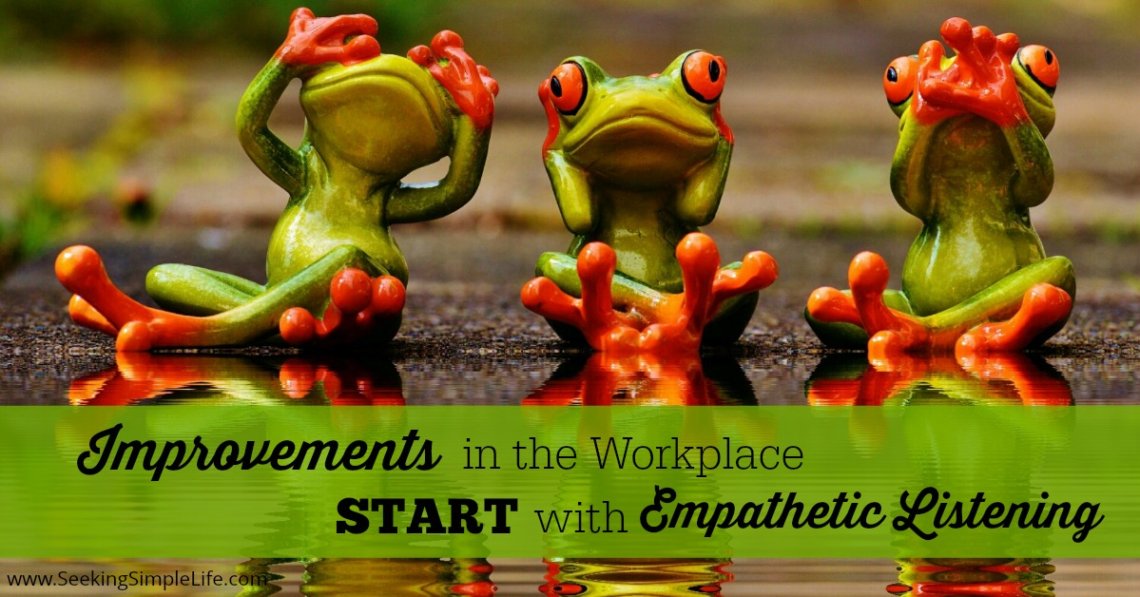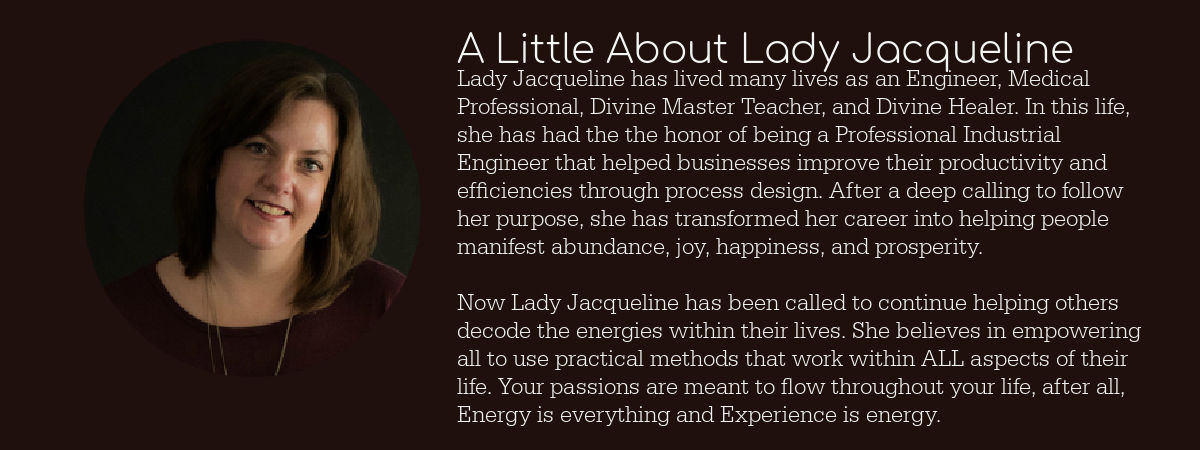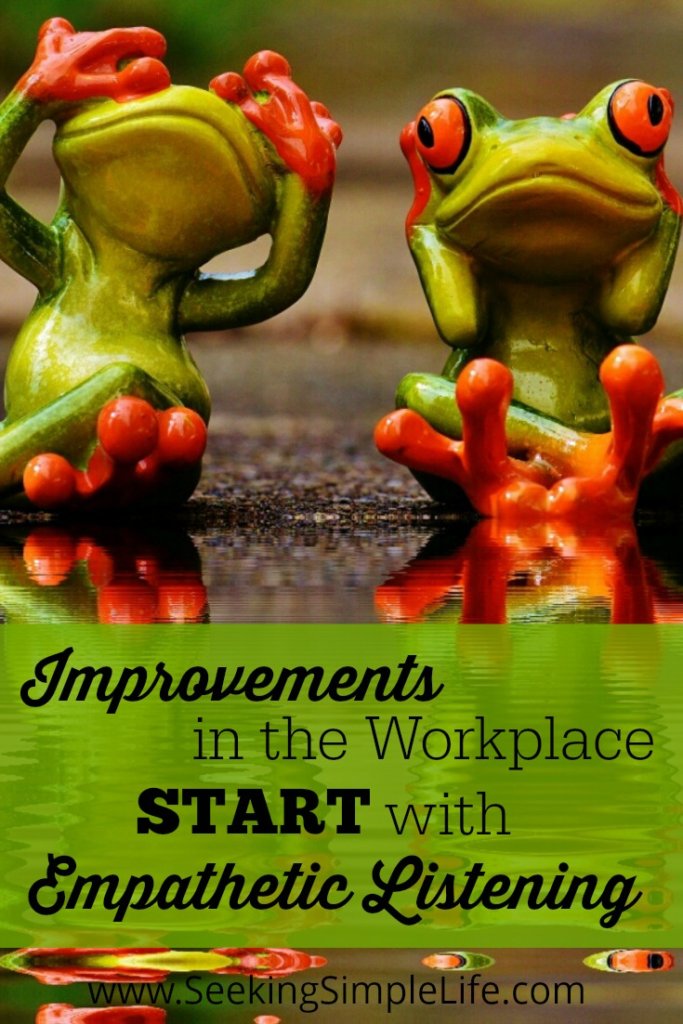
Workplace Improvements Start with Empathetic Listening | Learning to Listen for Improvements
Hear no Evil, See no Evil, Speak no Evil doesn’t work so well for business. Problems happen, but it is how you address those problems that will matter. Do people listen, or are they making a snap judgment on what they think is happening? How engaged are people in their jobs? Workplace improvements start with empathetic listening; learning to listen for improvements.
When you are able to help people with their work frustrations, you will build both morale and trust within the workforce. People want to do their best work, but don’t always feel empowered to make the improvements to make it better. Listening for improvement opportunities is one of the best ways to help those people.
I can’t count how many times I’ve come across workers that felt discouraged and frustrated about their jobs; so they just give up trying to improve the situation. They would find that a part of their job wasn’t working as it should, or something was happening to make it harder for them to complete their job on time.
Early on these workers would talk to management about the situation; they would ask for help or provide a possible solution to try. The typical message was:
We don’t have time for that right now.
That’s not how we do it.
I’ll look into it (but never do).
As time continues, your workers start to give up trying to make a difference. They appear lazy, disengaged, and only here to put in their workday. It breaks my heart when I see this in a person because I know that we can start to break down those walls just by using this listening technique first.
Listen with Eyes First
When people are closed off and have given up asking for help, then the only way to find improvement opportunities is to observe first.
- Facial expressions will show frustration.
- Body language will show anger, frustration, defeat.
- Disorganization of the workstation.
- Wasted movements just to complete a task.
Take note of all that you see, without judgment. If they look nervous about you watching them, reassure them that you are only there to learn from the experts. Let’s face it, they do that job every day and they are the experts!
Empathetic Listening is Next
When workers constantly feel like they aren’t being heard, they don’t trust easily. It’s hard for them to ask for help, and they may feel like it is a waste of their time when history has proven to them that nothing ever changes.
I’ve heard this many times over the years by people that feel this way. It even took a bit to get them to trust me enough to admit it. Making inroads with people like this won’t be easy, but it’s my experience that workplace improvements start with empathetic listening. Stay true to trying to help the person, and you will gain their trust over time.
After observing for a bit, I would be honest with them by mentioning a look of frustration that I thought I saw earlier. I describe the situation the way I saw it and ask them more about why they looked frustrated. Then I listen.
Dig deeper as they open up. I try and figure out:
- what the problem is
- where they think the problem starts
- when they think it began
- why they think it has been left this long
- how they think it could be fixed
At this moment, I am only listening and learning. I’m not making any decisions on solutions, and I’m not making any judgment for potential root causes of the problem.
Always be sincere in helping the person, and be honest about trying to help them. Working to build that foundation of trust important in this process.
Don’t Stop There
Generally, there are other influencing factors that will be creating issues with that person’s job. Put your detective hat on and dig deep. Follow the trail that leads you to the solution.
It may take a bit to discover this path, but I’m confident that you find more improvement opportunities as you go.
I was once tasked with improving the lighting in the manufacturing plant. The building was older than me and didn’t have very good lighting. Workers were using secondary lamps to do their jobs.
On the surface it seemed simple, I would find a lighting supplier and install new electrical for the building. Another Engineer had done some work on this project prior to me and this is the direction he went as well.
I had a feeling that I should dig deeper, so I did. I interviewed workers to find out why they used the lamps and found that the overhead lighting was too dark. In the summer the workers would open the overhead doors to bring in natural light and fewer lamps were needed.
Through research, I discovered that our eyes are sensitive to the color of light. The yellow lights that were in the manufacturing plant made space appear darker.
We needed lighting that was close to the color of natural sunlight. As I observed production, I saw a skylight that spanned the length of a wall near the roofline. It was dark and didn’t let in much light except on sunny days. I wondered if changing this to a white material was possible.
Digging deeper and researching other similar manufacturing plants in the area, I came up with a plan. We changed the skylight so that it would let more natural light into the plant, and we found a white bulb that was compatible with the existing electrical system.
In the end, management was happy that I came in under budget. However, I was most happy to hear from the workers. We got reports on moods and morale improving for the day and evening shifts. I was also told that workers were able to see the quality of their work easier.
Even when there is a wall of distrust, built from a lack of empathy, using empathetic listening will help you break down that wall and build a foundation of trust within the company. When you have strong relationships with people you work with, you find that making other improvements will become easier.
Workplace improvements start with empathetic listening. Remember that using your eyes is a key component to listening effectively; body language tells a person volumes about how that person is truly feeling.
You need to always keep an open mind to be able to dig into the root cause. Then keep asking questions, dig deep into why something could be happening, and you will find potential solutions for helping those people.
Finally, taking action with consistent communication is important. Listening but not taking action will only result in more distrust. Even if you can’t make the changes right now, be honest with them about what you discovered. They will appreciate the time you took to try and help them.
WANT TO REMEMBER THIS? SAVE WORKPLACE EMPATHETIC LISTENING TO YOUR FAVORITE PINTEREST BOARD!






